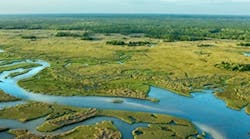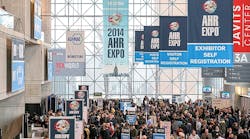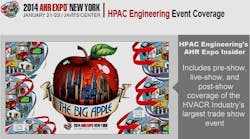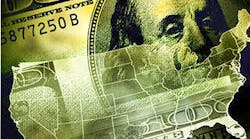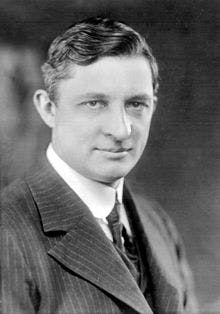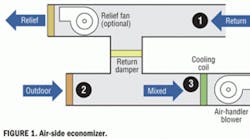May, 1929. America didn't know it, but it was on the verge of the worst economic disaster in the history of the country: The Great Depression. That was the year that Herbert Hoover assumed the role of President of the United States. And it was the year that a Chicago-based publishing company named Domestic Engineering introduced its newest trade journal: Heating, Piping and Air-Conditioning magazine. Back then, an annual subscription cost $3, and there were 7,000 HVAC engineers, contractors, and supervising and operating engineers who subscribed nationwide.
This month, HPAC Engineering (the name was changed in May, 1999) celebrates its 85th birthday and I thought it appropriate to revisit a bit of history:
“The design, installation and operation of heating, piping, and air-conditioning systems equipment afford an opportunity for an engineering editorial service which is limited only by the possibilities for improving human comfort and health and increasing production efficiency.
“This issue is the first step in a carefully reasoned program of operation aimed to supply the technical and practical information and data needed in this work.”
This remains the magazine’s mission to this very day.
- The first-issue articles covered the development of air conditioning in industry, industrial piping, a future look at heating in 1940, and refrigeration’s state of development and what its future held. It had case studies including, “Applying Warm Air System to Churches” and “Piping—For High Pressure.”
- The first ASHVE Journal section covered “Air-conditioning in a Detroit-area Office Building,” “Overall Heat Transmission Coefficients Obtained By Tests and By Calculation,” and “Capacity of Radiator Supply Branches for One and Two-pipe Systems.”
- In 1929, HPAC began life with a board of consulting editors that included three consulting engineers AND a separate board of 37 contributing editors. Today HPAC Engineering continues that tradition as we maintain an editorial advisory board of 25 engineering influencers from the mechanical systems industry.
We look forward to continuing our service to the industry via our expansion into digital and social media. Thanks for your readership, your comments, and input as we move down the road toward our centennial celebration.



